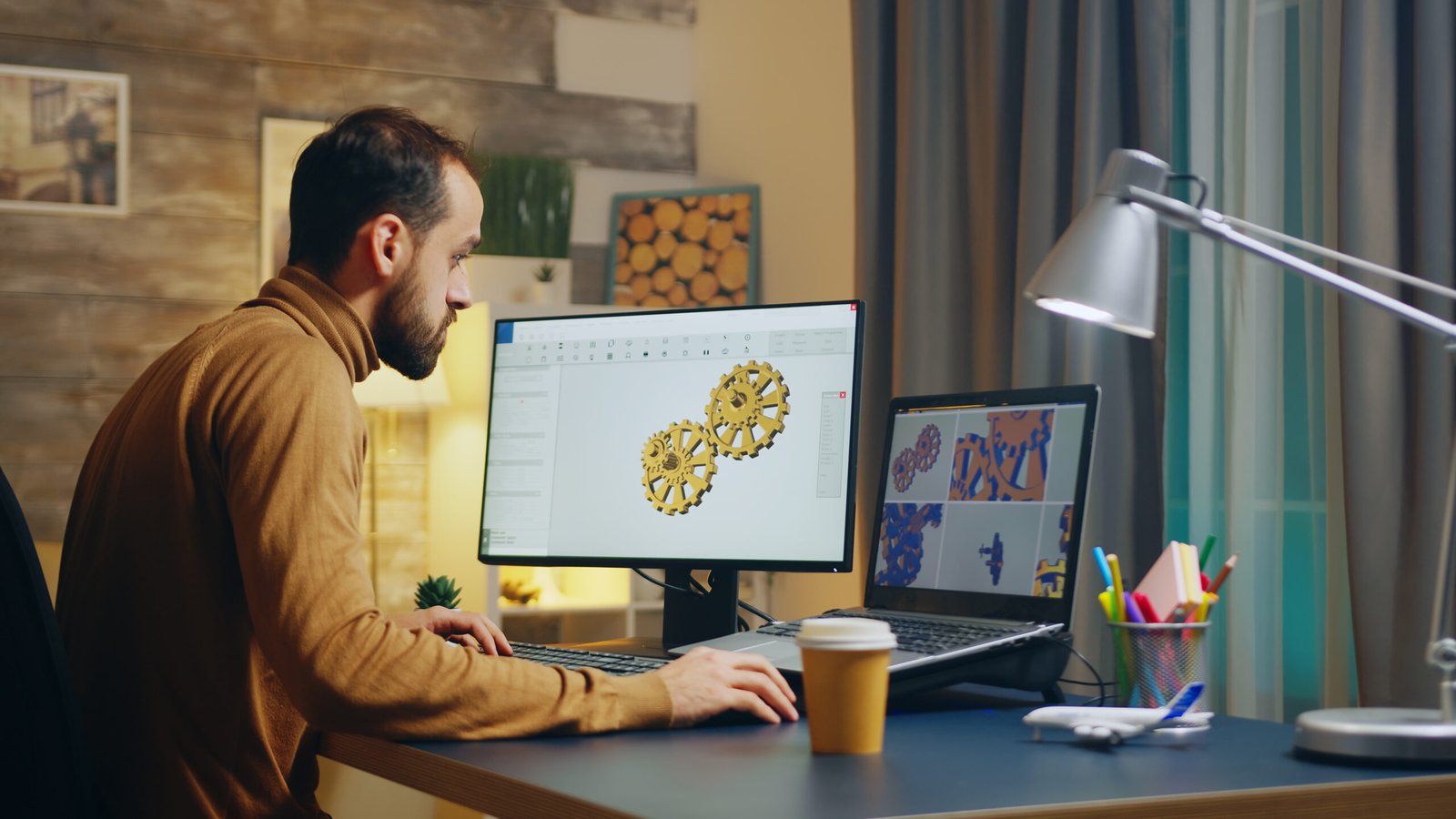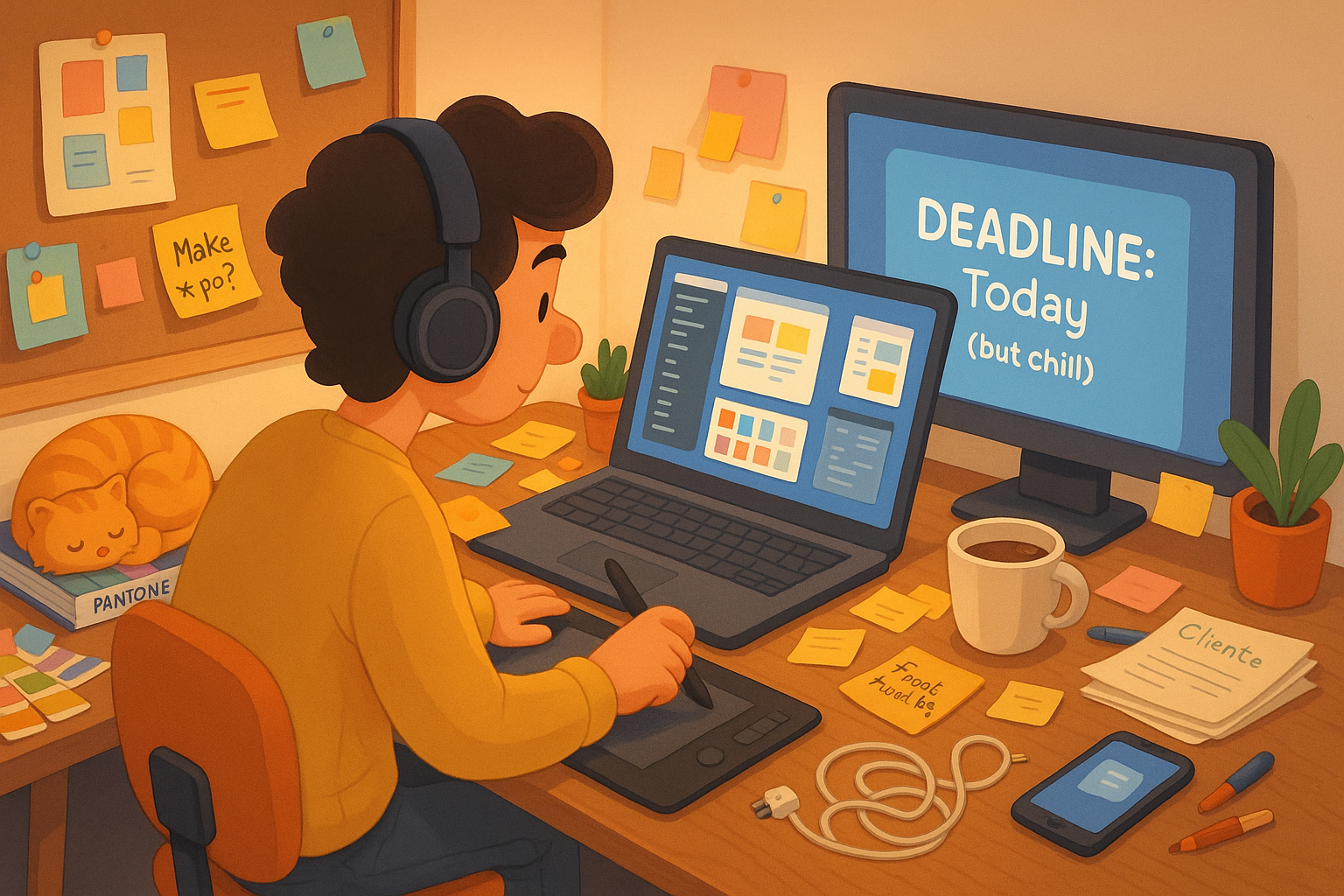Virtual Reality (VR) and Augmented Reality (AR) have evolved from niche technologies into powerful tools reshaping industries. By 2030, VR/AR 3D modeling tools are expected to create significant industry impact, driving innovation and transforming the way businesses operate. From design to training, the benefits of these technologies in the industry are multifaceted. This article explores the impact of VR/AR 3D modeling tools and highlights three success stories demonstrating how these technologies are revolutionizing the industry.
Table of Contents
Industry Impact of VR/AR 3D Modeling Tools
The integration of VR/AR 3D modeling tools is causing a paradigm shift across multiple sectors, including manufacturing, healthcare, education, architecture, and entertainment. By enabling immersive experiences, these tools are helping businesses visualize complex designs, simulate real-world environments, and streamline operations. The impact of this technology is particularly notable in industries that rely on intricate design, where traditional 2D blueprints are being replaced by dynamic 3D models that offer more detail and interactive possibilities.

Benefits of VR/AR 3D Modeling in the Industry
- Enhanced Visualization and Prototyping: VR/AR tools enable businesses to create detailed 3D models that provide a comprehensive view of products, structures, or environments before they are physically built. This not only accelerates the prototyping process but also helps identify design flaws early, reducing costs associated with rework.
- Improved Collaboration: VR/AR technology allows teams to collaborate in real-time, regardless of their physical location. By interacting with 3D models in a shared virtual space, teams can make decisions faster, refine designs more efficiently, and ensure that all stakeholders have a clear understanding of the project.
- Training and Simulation: In industries such as healthcare and manufacturing, VR/AR 3D modeling tools are used to create realistic training environments. This technology allows trainees to practice complex procedures in a safe, controlled environment, leading to better skill acquisition and reduced training costs.
- Customer Engagement and Sales: For businesses in real estate, retail, and automotive sectors, VR/AR applications provide customers with interactive experiences that boost engagement. Prospective buyers can visualize products in a 3D space, enhancing their understanding and increasing the likelihood of purchase.
Success Stories of VR/AR 3D Modeling Tools
To illustrate the transformative power of VR/AR 3D modeling, here are three detailed examples showcasing their successful implementation in real-world scenarios:
1. Ford Motor Company: Revolutionizing Car Design
Ford Motor Company has been at the forefront of adopting VR/AR technologies to revolutionize its car design process. Using VR 3D modeling tools, Ford’s design teams can collaborate in a virtual environment, allowing them to review, adjust, and perfect car designs before creating physical prototypes.
Ford’s designers wear VR headsets that immerse them in a virtual model of the vehicle, allowing them to interact with the design as if it were real. This approach has significantly reduced the time required to bring new designs to market. Moreover, Ford has reported substantial cost savings by identifying design issues early in the virtual space rather than during the production phase. By 2030, Ford aims to integrate VR/AR tools further into their manufacturing processes, potentially eliminating the need for physical prototypes altogether.
2. Siemens: Advancing Industrial Training and Safety
Siemens, a global leader in industrial automation, has leveraged AR-based 3D modeling tools to enhance training and safety protocols across its manufacturing facilities. Through AR simulations, Siemens has developed immersive training programs that allow employees to learn complex machinery operations in a virtual environment.
These AR models replicate real equipment, providing trainees with hands-on experience without the risk of injury or equipment damage. The technology has not only improved safety outcomes but has also cut training time by 40%, reducing costs significantly. Siemens’ innovative use of AR training programs sets a benchmark for other industries, highlighting how VR/AR modeling tools can improve workforce readiness and operational efficiency.
3. IKEA: Transforming Customer Experience with AR
IKEA, the world-renowned furniture retailer, has successfully implemented AR 3D modeling tools to transform its customer experience. Through the IKEA Place app, customers can use AR to visualize how furniture would look in their homes before purchasing. This innovative use of technology bridges the gap between online shopping and the in-store experience, providing customers with a clearer understanding of the products.
By 2030, IKEA plans to enhance this technology further by incorporating more advanced AR features that allow for deeper customization, such as changing colors, materials, or even testing various room layouts. This forward-thinking approach not only increases customer engagement but also boosts sales by reducing the uncertainty often associated with online furniture purchases.
Innovative Use of VR/AR 3D Modeling Tools

The applications of VR/AR 3D modeling tools extend far beyond the examples mentioned above. From architects designing smart cities to surgeons practicing complex procedures, these technologies are pushing the boundaries of what is possible. As the technology advances, VR/AR tools are expected to integrate with AI and machine learning, further enhancing their capabilities. For instance, predictive analytics could help refine 3D models automatically, making the design process even more efficient.
The success stories of Ford, Siemens, and IKEA highlight how VR/AR 3D modeling tools are driving significant results. By enhancing visualization, improving training, and engaging customers, these tools are not just changing the way industries operate—they are setting new standards for innovation and efficiency.
Overall
VR/AR 3D modeling tools are on track to become indispensable in various industries by 2030. Their impact on the industry is undeniable, with benefits that streamline operations, enhance collaboration, and create safer training environments. Companies like Ford, Siemens, and IKEA have already demonstrated the immense potential of these technologies through their innovative applications.
With years of expertise in this technology, we are here to support your needs. If you’re interested in learning more about similar technologies and how they can be applied, feel free to reach out to our team at . You can also connect with us via LinkedIn at or reach our support team on WhatsApp at .






